content body

Alesia Davenport has helped hundreds of Auburn Family members create a legacy through charitable estate planning.
A certified financial planner, Alesia Davenport is the senior director of gift planning at Auburn University, where she assists individuals in philanthropic estate and tax-advantaged planning. Now in her 14th year leading the Office of Gift Planning, she has helped hundreds of Auburn Family members create a legacy through charitable estate planning. Here, she answers some common questions about IRA Qualified Charitable Distributions, an increasingly popular, tax-advantaged way for those 70½ and older to support Auburn University.
Q: What's the difference between an IRA Qualified Charitable Distribution and a rollover?
A: An IRA Qualified Charitable Distribution (QCD) and a rollover are distinct actions involving an IRA:
- A QCD allows individuals aged 70½ or older to transfer up to $105,000 per year directly from their IRA to a qualified charity like the Auburn University Foundation. This amount is excluded from taxable income and can satisfy part or all of the required minimum distribution (RMD) for the year.
- An IRA rollover refers to transferring funds from one retirement account to another (e.g., from a 401(k) to an IRA). Rollovers do not reduce taxable income but allow for tax-deferred growth of retirement savings.
The key difference lies in their purpose: QCDs provide a tax-efficient way to support charities, while rollovers are primarily for consolidating or repositioning retirement funds. Some organizations may use the word “rollover” when talking about a QCD, so make sure you are requesting a QCD form from your IRA plan administrator.
Q: What are the tax benefits of a Qualified Charitable Distribution?
A: QCDs offer several tax advantages:
- Exclusion from taxable income: Unlike regular IRA distributions, QCDs are not included in your adjusted gross income (AGI). This can potentially help you:
- Avoid moving into a higher tax bracket
- Reduce the impact on AGI-sensitive tax provisions, such as Medicare premiums and deductions
- Satisfies RMDs: QCDs count toward your required minimum distributions, allowing you to possibly fulfill this obligation without increasing taxable income.
- No need to itemize: QCDs provide a tax benefit even if you take the standard deduction, unlike other charitable contributions that require itemizing.
By taking advantage of QCDs, you can support charitable causes while maximizing your tax efficiency.
Q: How do I file my Qualified Charitable Distribution on my tax form?
A: Filing a QCD requires specific reporting steps:
- Form 1099-R: Your IRA custodian will issue a Form 1099-R showing the total distributions from your IRA, including QCDs. The QCD is not separately identified on the form.
- Line 4a and 4b of Form 1040:
- Enter the full amount of your IRA distributions on Line 4a ("IRA distributions").
- On Line 4b ("Taxable amount"), enter the taxable portion of the distribution. For a QCD that satisfies your entire RMD, the taxable amount is $0, but you must write "QCD" next to Line 4b to indicate that the distribution was qualified.
- If you subtract Line 4b from Line 4a, the difference should be the amount of your QCD. Read more about tax reporting on QCDs here.
- Recordkeeping: Keep documentation from the Auburn University Foundation (e.g., acknowledgment letter) confirming receipt of the QCD to substantiate your filing if needed and be sure to share it with your tax preparer.
IRA Qualified Charitable Distributions are a win-win for donors and Auburn.
Learn More



